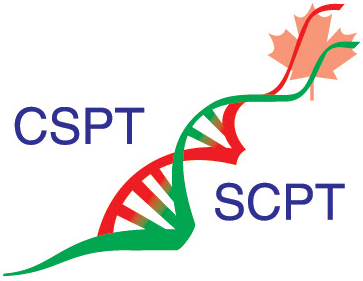Therapeutics
Definition:
Therapeutics is the use of treatment to cure or control a disorder. The word Therapeutics is derived from the Greek Therapeia (healing) and Latin Therapia. Therapeutics refers to a broad range of possible treatments, including drug treatment (pharmacotherapy), surgical treatments, the use of physical modalities (physiotherapy) and counselling (psychotherapy).
Relevance:
Therapeutics is at the core of what health care providers do – relieve suffering and cure or control disease. As stated by Hippocrates, “Ασκείν περί τα νοσήματα δύο, ωφελείν ή μη βλάπτειν” (As to diseases, make a habit of two things, to help, or at least, to do no harm). Thus rationale therapeutics – ideally based on evidence – is a key element in health care and the use of rationale therapeutics is a skill that must be taught and then practiced. Therapy is very common and drug therapy is a commonly used therapy. One example is this graph showing the percentage of people who used a prescription medication with the last month (Canadian Health Information Measures Survey).

Examples of Pharmacotherapies:
|
Disorder
|
Drug
|
Therapeutic Goal
|
Mechanism of Action
|
|
Acute Otitis Media
|
Amoxicillin
|
Resolution of ear infection and reduction of pain and inflammation
|
Antibiotic
|
|
Leukaemia
|
Doxorubacin
|
Killing cancer cells
|
Chemotherapeutic – causes intercalation of tumour DNA and inhibits tumour cell replication
|
|
Hypertension
|
Losartan
Enalapril
Atenolol Metoprolol
Nadolol
Propranolol
|
Lower blood pressure
|
Angiotensin II receptor blockers (ARB)
Angiotensin-converting enzyme (ACE) inhibitors
b-blocker
|
|
Depression
|
Citalopram
|
Improvement of mood
|
Selective serotonin reuptake inhibitors
|
Teaching tips:
Considerations around therapeutics used to teach about:
-
Determination of which treatment option(s) to use in consultation with patients/families
-
Developing a management plan including evaluation of benefits and risks of the therapeutic option(s) chosen and how to determine treatment success or failure
-
Understand the principle of cost-effectiveness of therapy
Suggested articles on this topic:
-
de Vriers TPGM, Henning RH, Hogerzeil HV, Fresle DA. Guide to good prescribing: A practical manual. https://apps.who.int/iris/bitstream/handle/10665/59001/WHO_DAP_94.11.pdf
- This manual outlines the WHO 6-step approach to rationale prescribing
-
Keijsers CJPW, Segers WS, de Wildt DJ, Brouwers JRBJ, Keijsesrs L, Jansen PAF. Implementation of the WHO 6-step method in the medical curriculum to improve pharmacology knowledge and pharmacotherapy skills. Br J Clin Pharmacol2015; 79: 896-906
- This study explores how the WHO 6-step method for rationale prescribing can be used to improve prescribing skills for undergraduate medical students
Linked terms: Clinical Pharmacology, Prescribing, Pharmacotherapy
Return to Glossary
